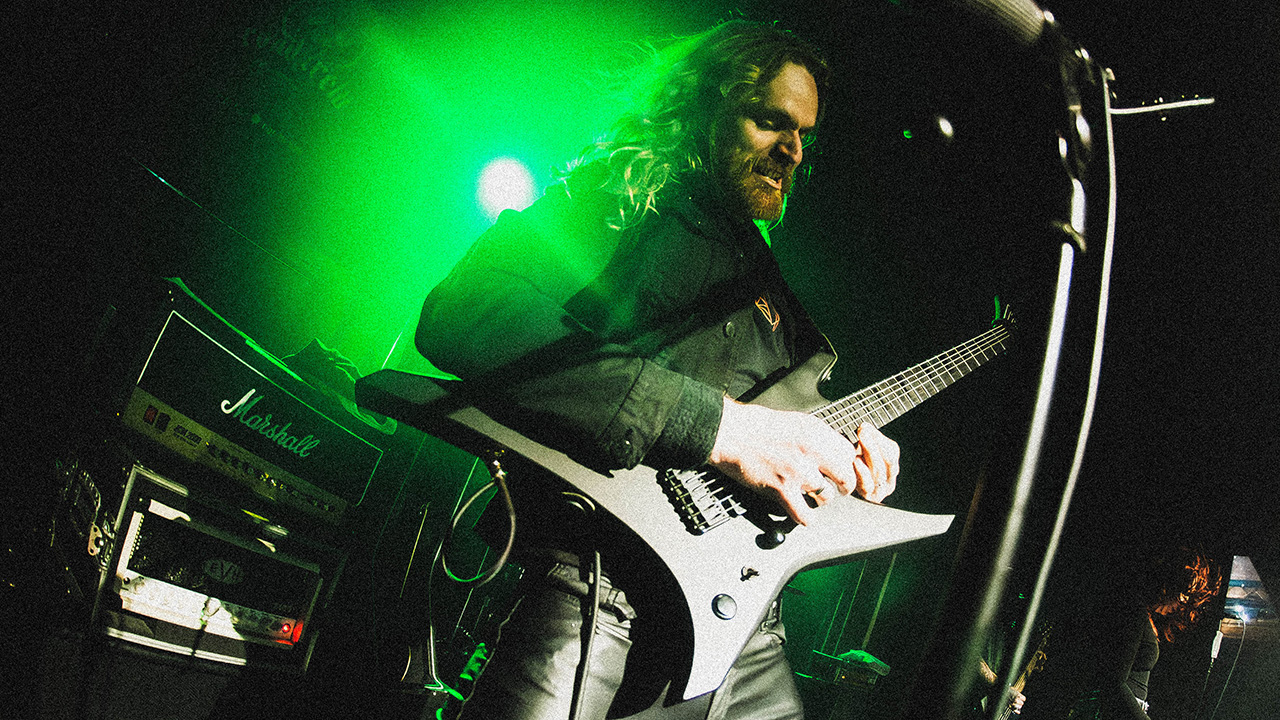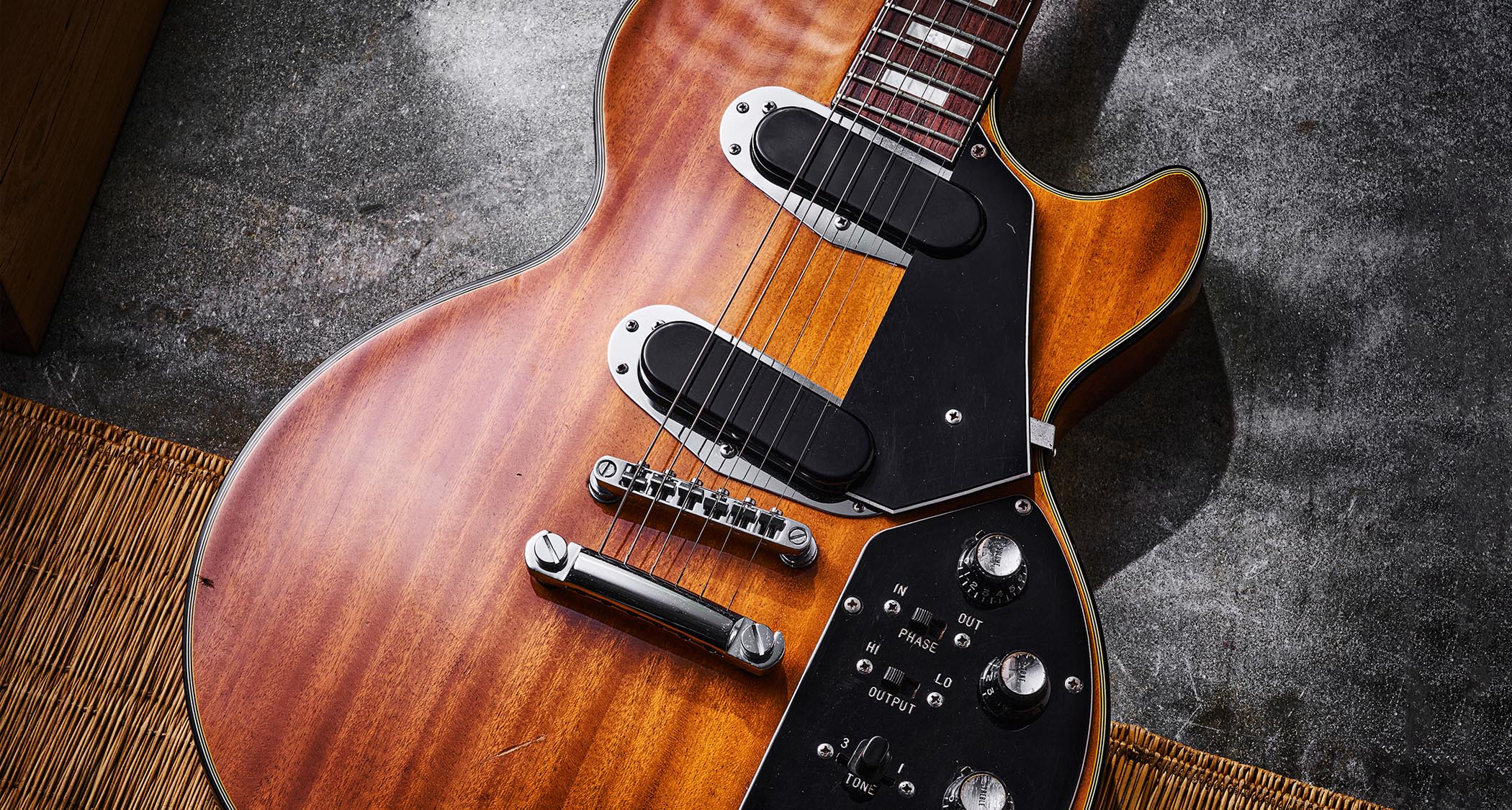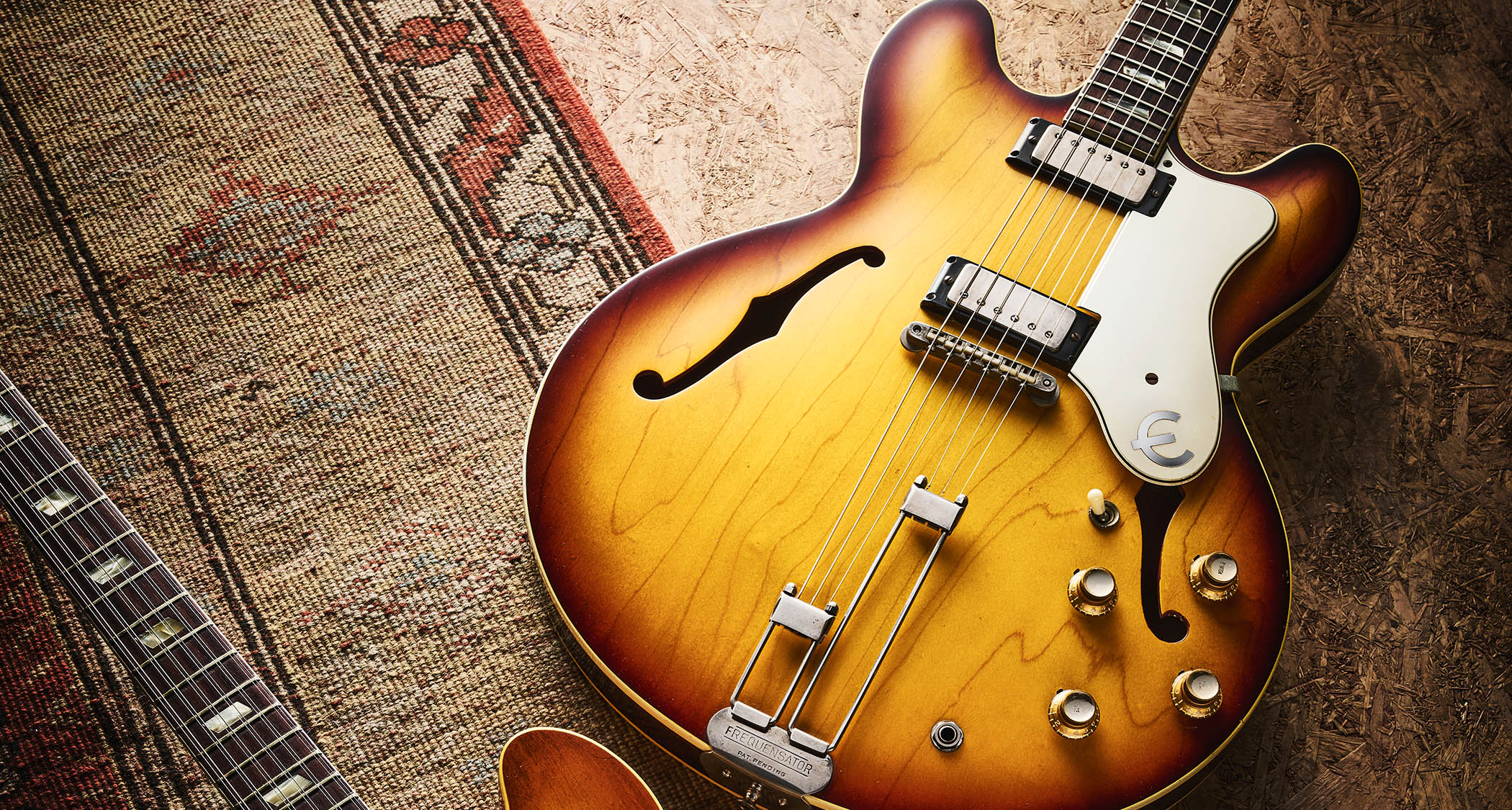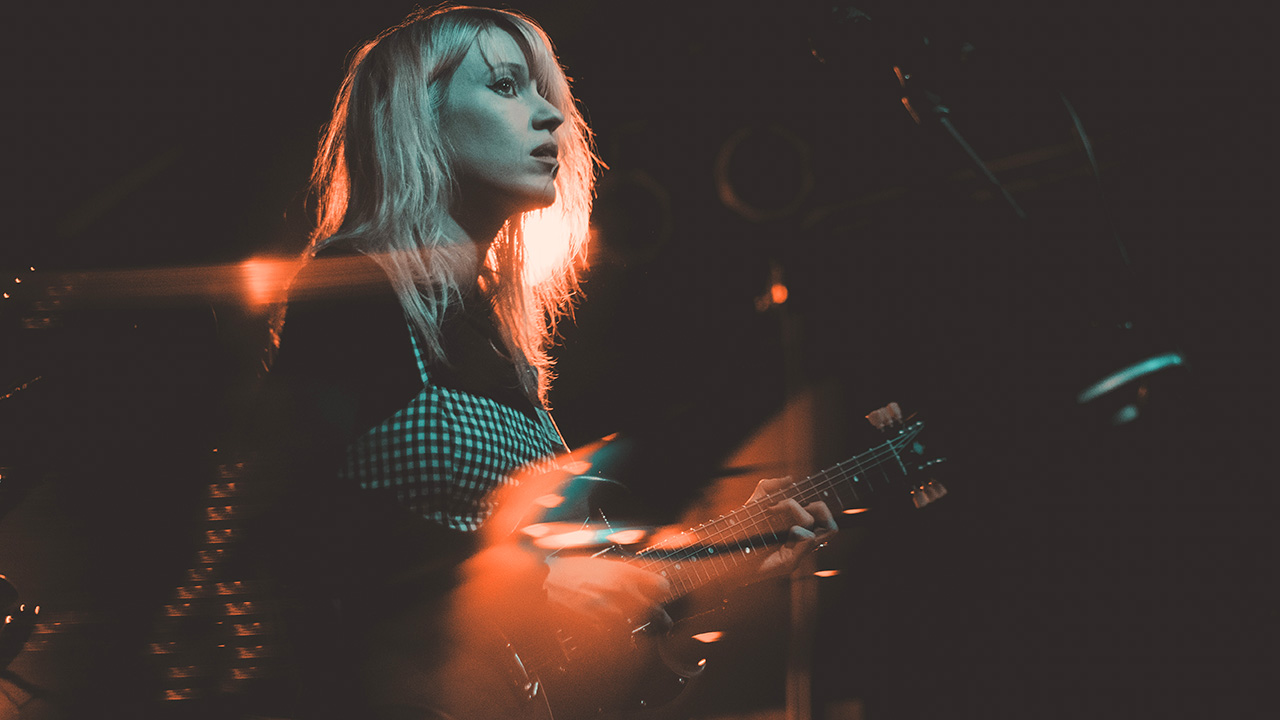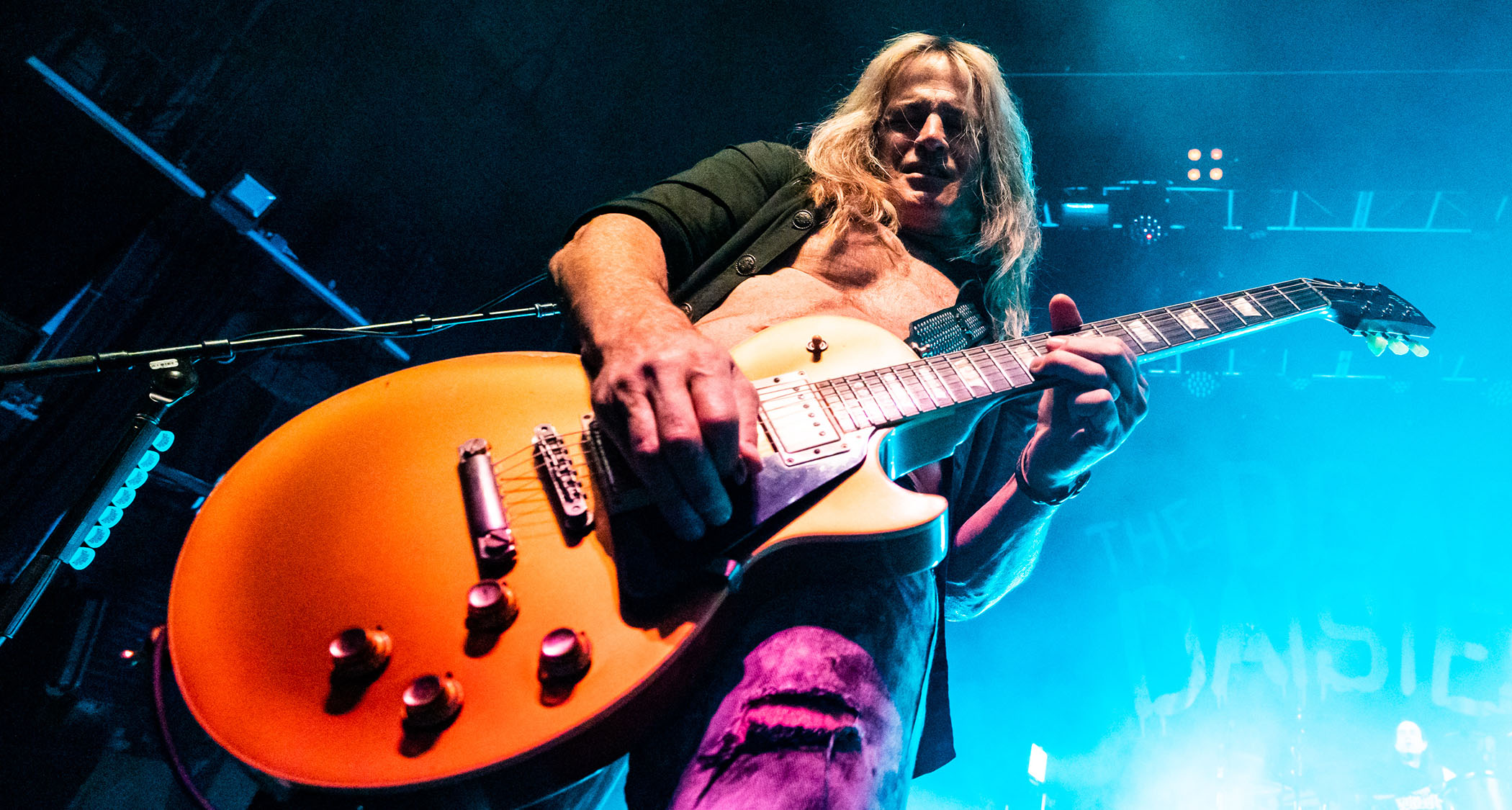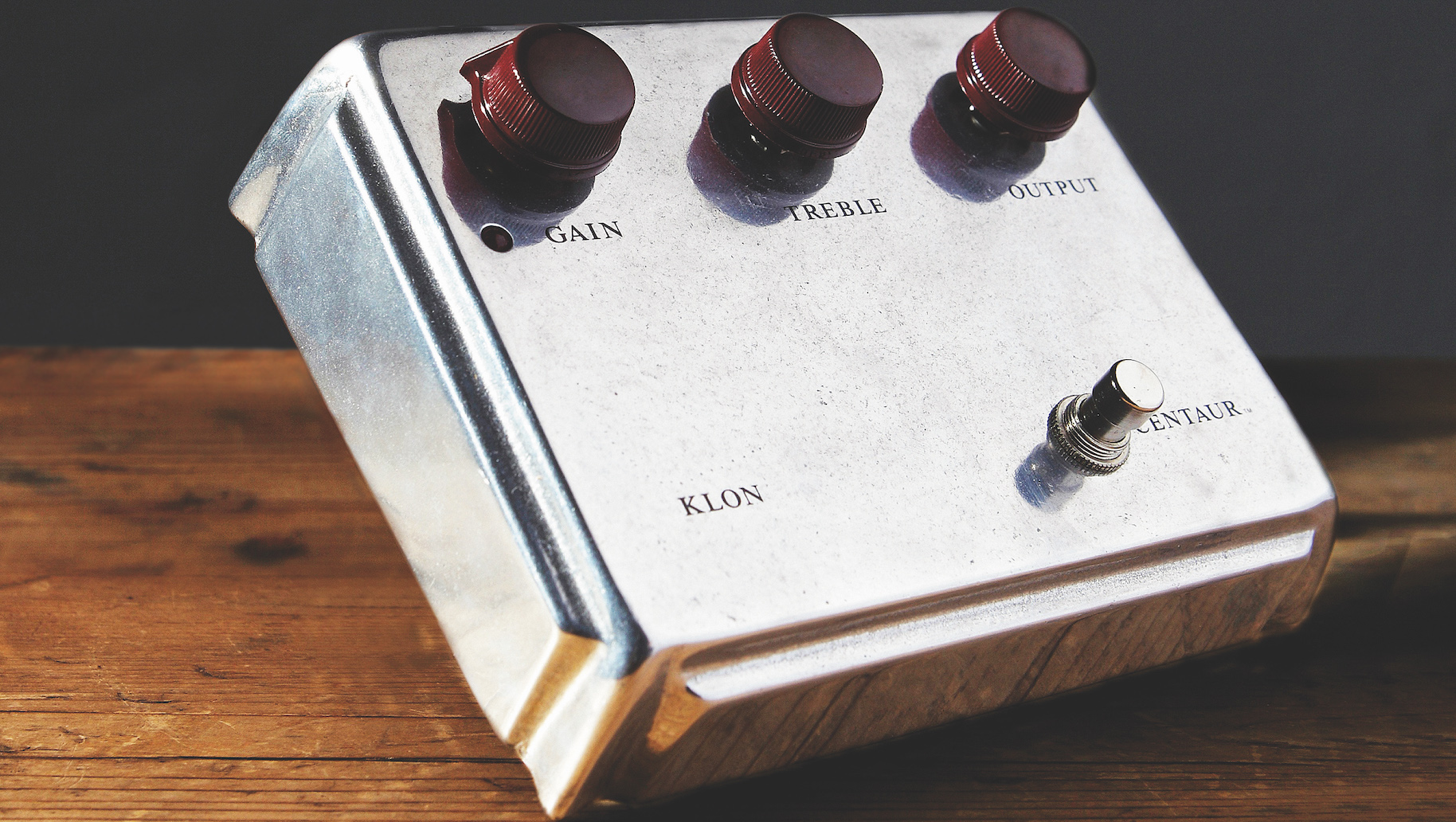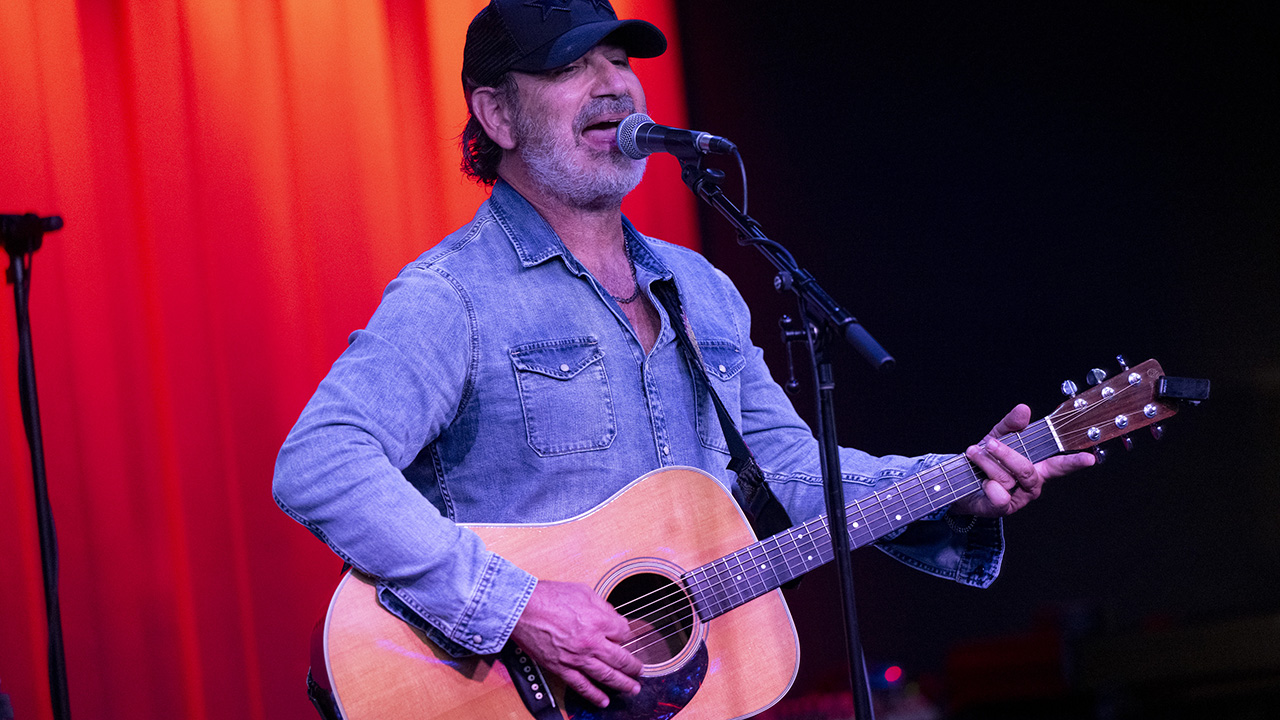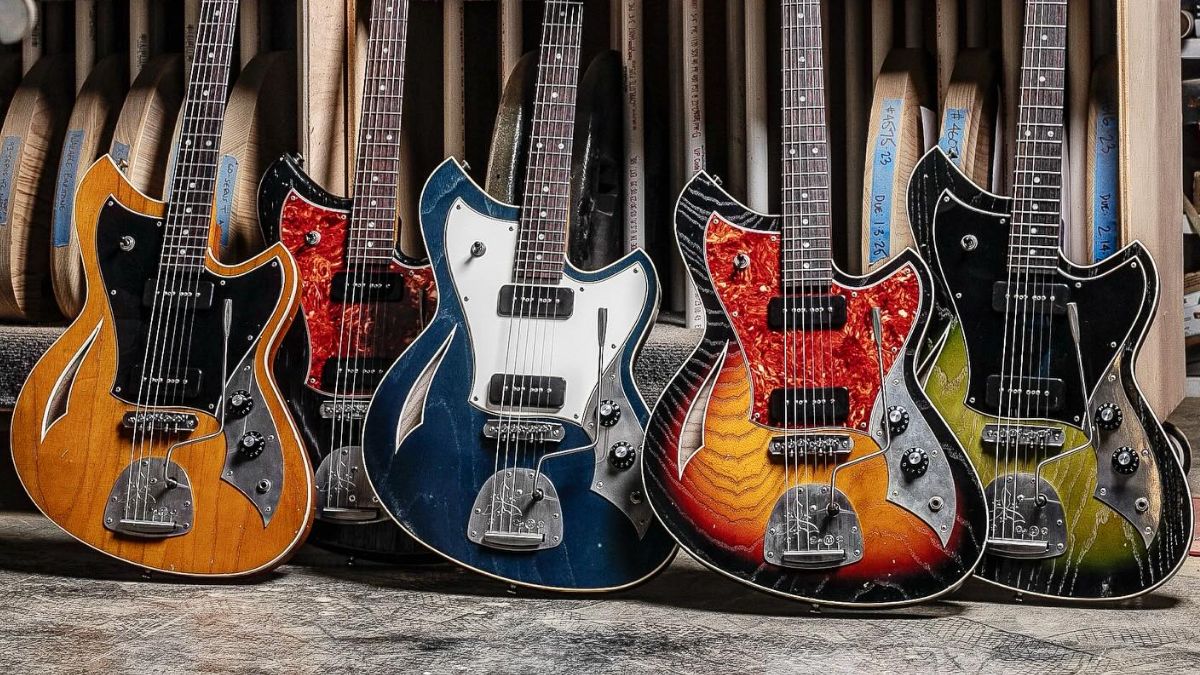Lukas Nelson: "I always think about finding the space and playing just what needs to be played"
The country-rocker and Neil Young collaborator goes deep on his new Gibson signature model, pedalboard minimalism and how meditation helps him play great solos
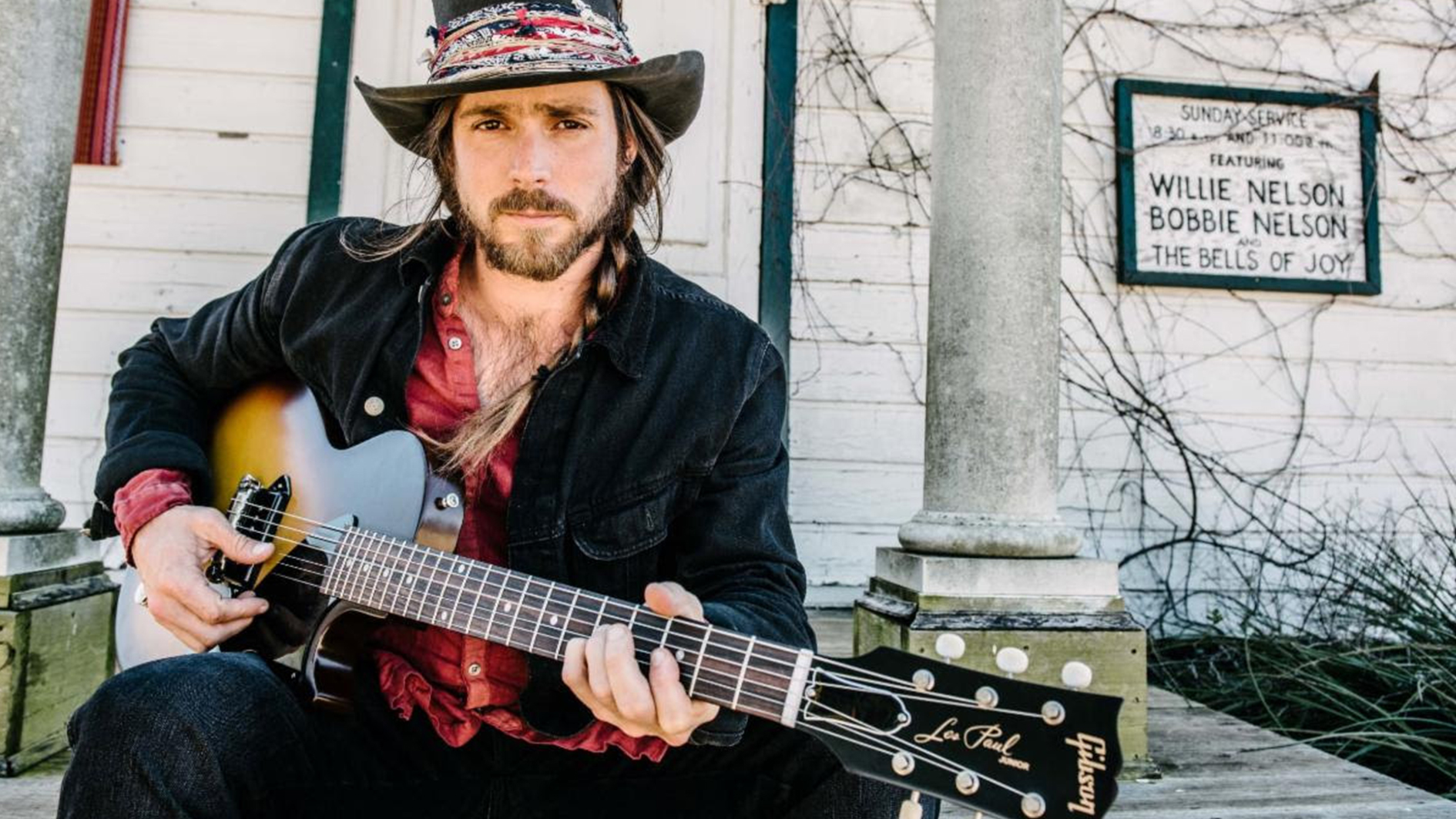
Lukas Nelson grew up on a tour bus, alongside his brother Micah, their mother Annie D'Angelo and their father, country icon Willie Nelson. By his 10th birthday, Lukas had spent more time up-close with great guitarists than most of us will manage in our entire lifetimes.
He was soon performing with his family and in 2008 started touring in his own band, Lukas Nelson And The Promise Of The Real. In 2015, Lukas and band started collaborating with another icon, Neil Young, having caught his ear at annual Farm Aid performances.
He was also a key figure in Bradley Cooper’s 2018 remake of A Star Is Born, penning a significant chunk of the soundtrack and collaborating with Lady Gaga.
Nelson is a busy guy then, but he likes to keep it simple where he can. A quintessential feel-based player, he’s totally led by his ear and capable of extracting gut-twisting tones from a stripped-down guitar and amp setup.
It makes sense then that Gibson has teamed-up with Nelson to release a new signature model based on the ultimate minimalist’s tool, the Les Paul Junior.
We spoke to Nelson about the making of his new signature ’56 Les Paul Junior, his minimalist Magnatone rig and how meditation can help the solos flow...
You have a new Gibson signature model on the way, based on your ’56 Les Paul Junior. How did you come by the original?
Get The Pick Newsletter
All the latest guitar news, interviews, lessons, reviews, deals and more, direct to your inbox!
"I was working at a studio called TRI Studios in San Rafael, California. It's Bob Weir's studios, where he usually works. We were doing some music there and a buddy of mine who is an amp connoisseur, a collector and also a guitar technician for years, for Neil Young - his name's Larry Cragg.
"He's a collector of vintage instruments and amplifiers, I called him asking him if I could rent some Magnatone amps to use with Bob. He said, 'Sure' and he also brought by this guitar that his friend was selling and it was this Les Paul Junior, a 1956. It was kind of like in Harry Potter, where you use the wand and it speaks to you and all of a sudden it's yours, you know?
"That's kind of how it felt. I just immediately fell in love with the guitar and I understood it could help me provide a distinct voice for my live show, instrumentally."
So what spoke to you about that Les Paul Junior? What is it you are looking for in an instrument like that?
The guitar was very light, which I hadn't been used to because I had a 'Fat' Strat up until then
"Well, it could be as simple as the way it feels. I remember just running my hands down the neck and playing the strings. It felt like it fit my hand really well. The guitar was very light, which I hadn't been used to because I had a 'Fat' Strat up until then, so it was pretty heavy.
"It just physically felt good, then when I played it with the P-90 it had this sort of feel where I could get really gritty and intense with it and play it hard and it would break-up just the way I wanted.
"Then, if I played it clean, it would go back to being really light and pretty sounding. It had this range of tone in the same way that a weighted grand piano might have, so it felt very expressive as an instrument."
Is this a totally faithful recreation? Did you make any concessions to playability, production costs etc?
"Yes, we made some tweaks. I'm not very technical, unfortunately - that's just me! But the bridge is set up like my original setup, the way I like, so it's angled in a certain way that creates a little more distance from the top than the bottom.
"I’ve got some notes here… the specs. I remember the Satin Vintage Sunburst gloss was created so that it wouldn't be super-shiny, it would be the same as it was back then, which is different from the regular model.
"The bridge pickup is an Alnico III P-90 dog ear and the controls, the gold speed knobs for the volume and tone controls are hand-wired with orange drop capacitors. The gold was only on the '56 version, back then, so that's not on the normal [Jr] reissue. So there we go, I got the real good shit there for ya!"
The press release says the Alnico III dog-ear P-90 has been custom-voiced as per your preference. What did that process actually entail?
The model that's out right now is basically the exact sound, or as close as I could get it without [factoring in] the specific wear and tear and the life that mine has lived
"I actually played a few iterations of the guitar itself, because I wanted it to sound as close to mine as possible. It's funny, because the one that I played first, was actually a little high-end-y.
"I may have used that one, interestingly, in the little Gibson video I did when they were at my ranch and that may have been an old iteration, so the tone may be a little bit more rounded and full now. I remember thinking, 'It seems a little thinner than what I like.' So I asked them to adjust the bridge, and I kept playing my guitar and their guitar and kept A/B-ing every iteration and every update until they got it right.
"The model that's out right now is basically the exact sound, or as close as I could get it without [factoring in] the specific wear and tear and the life that mine has lived, doing 250 shows a year for the last eight years. So it's pretty close."
You toured with Blackberry Smoke and we know Charlie Starr, who's another great player, also has a '56 Les Paul Junior that he adores. Did you compare them both while on tour?
"Oh yeah, he loves my guitar and I love his! We went to a great museum together when we were on the road and had some fun together. He's probably my favorite guitar player out there, or one of them and he's a great guy. He's more of a gear guy than I am, though!
"I've always sort of been taught… well, my dad's had the same guitar for 60 years! It's got a hole in it, this Martin [nylon-string called] Trigger. It's like his thing, so I always felt more like I need to figure out how to get my fingers working than I have to figure out what gear I'm using. In the same way a golfer would say you've got to get the fundamentals of your swing down before you figure out what driver you use.
"I am actually now trying to get more educated on what everything means. I never learned to read music, either – I've been a feel-based guy for a long time, so it takes me a minute before I can understand what all the other stuff means."
What’s in your rig at present? Do you like to keep it simple on that front, too?
I know that when I play my guitar, it's going to really speak and have it's own voice as well - and I won't have to keep pressing pedals and stuff to make it sound different
"Yeah, the less I have to think about the better. I don't have a lot of pedals. For players like me who think it's all about feel, you want your foundation solid enough that you don't have to think about it. You want a guitar that will respond to how you play and the amp's got to be as completely warm and expressive as the instrument itself.
"I think Magnatones, out of all the amps I've tried over the years, just have a thing about them that makes me feel comfortable and like I don't need too much over the top of it. I’ve done tours with literally no pedals at all, not even a tuner.
"[Usually] I just stick the guitar cable into the guitar, then I have a 1x12 Magnatone Twilighter and a 2x12 [Stereo Twilighter] together and I combo them. I crank up the little one so I get distortion and I crank the other one up to get a little more body and I can have any sound I want without having to change anything.
"It's nice because if we're jamming I really don't have to think about anything other than making my lyrics come across. I know that when I play my guitar, it's going to really speak and have its own voice as well - and I won't have to keep pressing pedals and stuff to make it sound different - that takes me out of the moment."
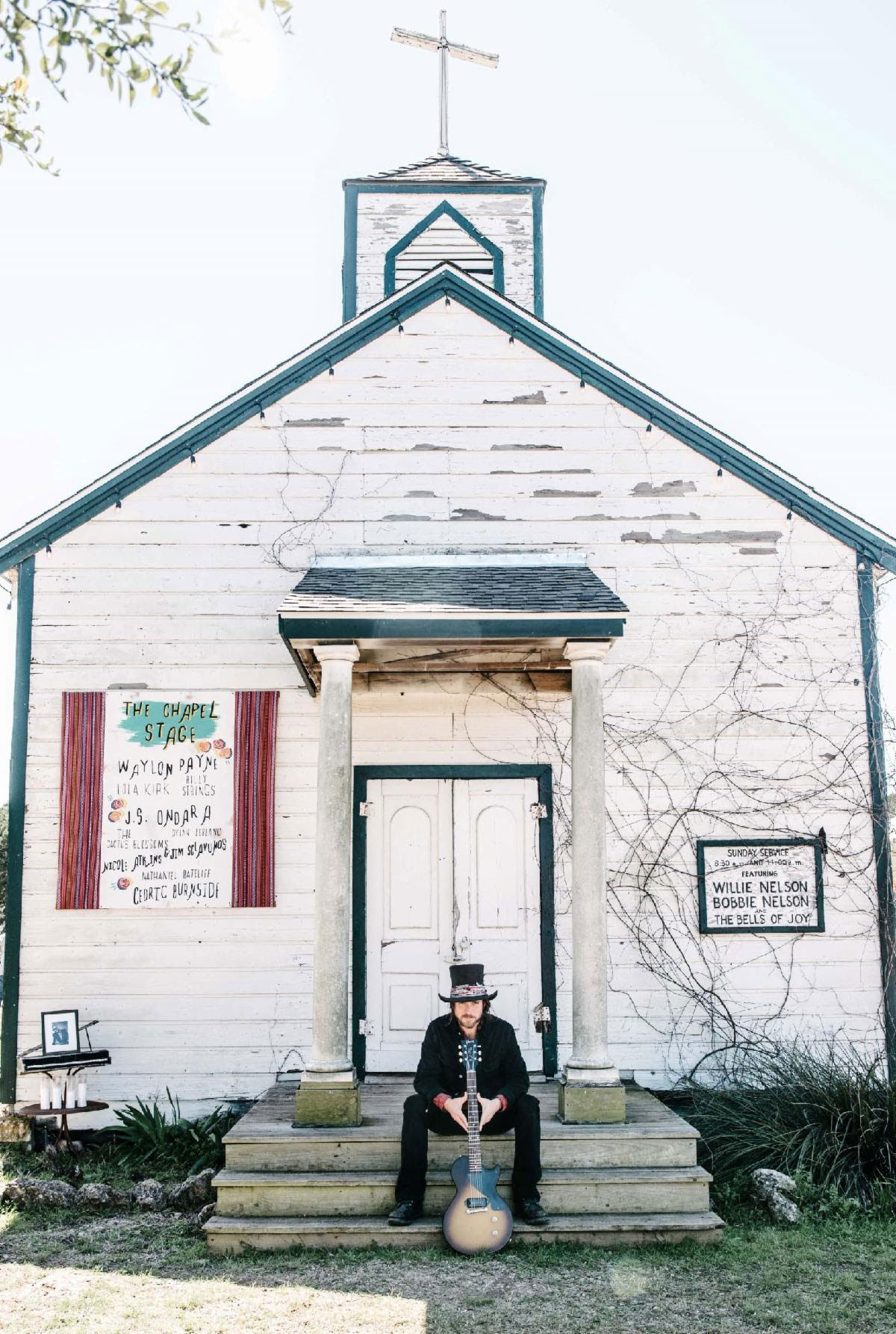
How would you describe your approach to playing?
"Like I said, it's a feel-based approach. I started with the Strat and moved on to the Les Paul Junior quite a bit later, but I kind of learned by the old blues guys and Hendrix and Stevie Ray and Clapton.
"After that I moved on to JJ Cale and BB King and Neil [Young] and those guys, who are so expressive, but have this 'less is more' approach. When I'm playing live, I always think about finding the space and playing just what needs to be played, but I can always do better, you know?"
You’ve toured with Neil Young for many years and seen more incredible players up close than most of us. What have you learned about developing your finger tone?
"I think it's just absorbing a lot of music, listening to a lot of music and then playing live and connecting with your bandmates - and listening to their feedback about what really speaks to them, too.
If it works well, it serves the emotion of the song and if it doesn't work - it doesn't!
"Because you can sort of feel great playing, and while it does feel good to just play fast and play a lot of notes, but your friends - if they're good friends - might just say, 'Ah, it was all right...' Or that it was really great, but bouncing it off of an audience is really important and it also just comes with practice.
"The feedback's really important. The main thing is that you just have to live life - and practice! The biggest mistake you could make is not to practice."
Chris Shiflett's podcast has hailed your excellent long solos and painted you as a bit of a ‘keeper of the flame’, in that sense. How can you tell what works well in a solo?
“If it works well, it serves the emotion of the song and if it doesn't work - it doesn't!"
So is it always pure spontaneity? Or do you like to work out solos beforehand?
"Sometimes. There's a solo I wrote for a [cover] version of San Francisco [on 2016 album Something Real]. It's a good one, if you want to listen to it, where Neil Young is singing under the solo in that song. It's from a record we did in San Francisco a while back and I just spent a good hour beforehand playing it over and then doing a double-[track] on it, so it's more of a George Harrison solo, where it's like parts, but I'm still trying to let it flow as it's happening."
How do you get yourself into a good place to tap into that sense of flow when soloing?
I think if you can then lose yourself in the music and just get lost and absorbed in the song itself, you can close your eyes and think of a melody and play that on the guitar
"A lot of the time, my meditations help. It's really getting to a place that is quiet enough [mentally] to allow that stuff to come in. That's really what helps the most.
"You want the [musical] thoughts to come in, but you want them to be clear, so if you've got a lot of other thoughts swimming around your head the whole time, they're not necessarily going to be as clear, so that's how meditation helps me. It just calms the mind a little bit, so inspiration can come through more clearly.
"You get to a point, through practice, where can think of a note and play that note. I think if you can then lose yourself in the music and just get lost and absorbed in the song itself, you can close your eyes and think of a melody and play that on the guitar.”
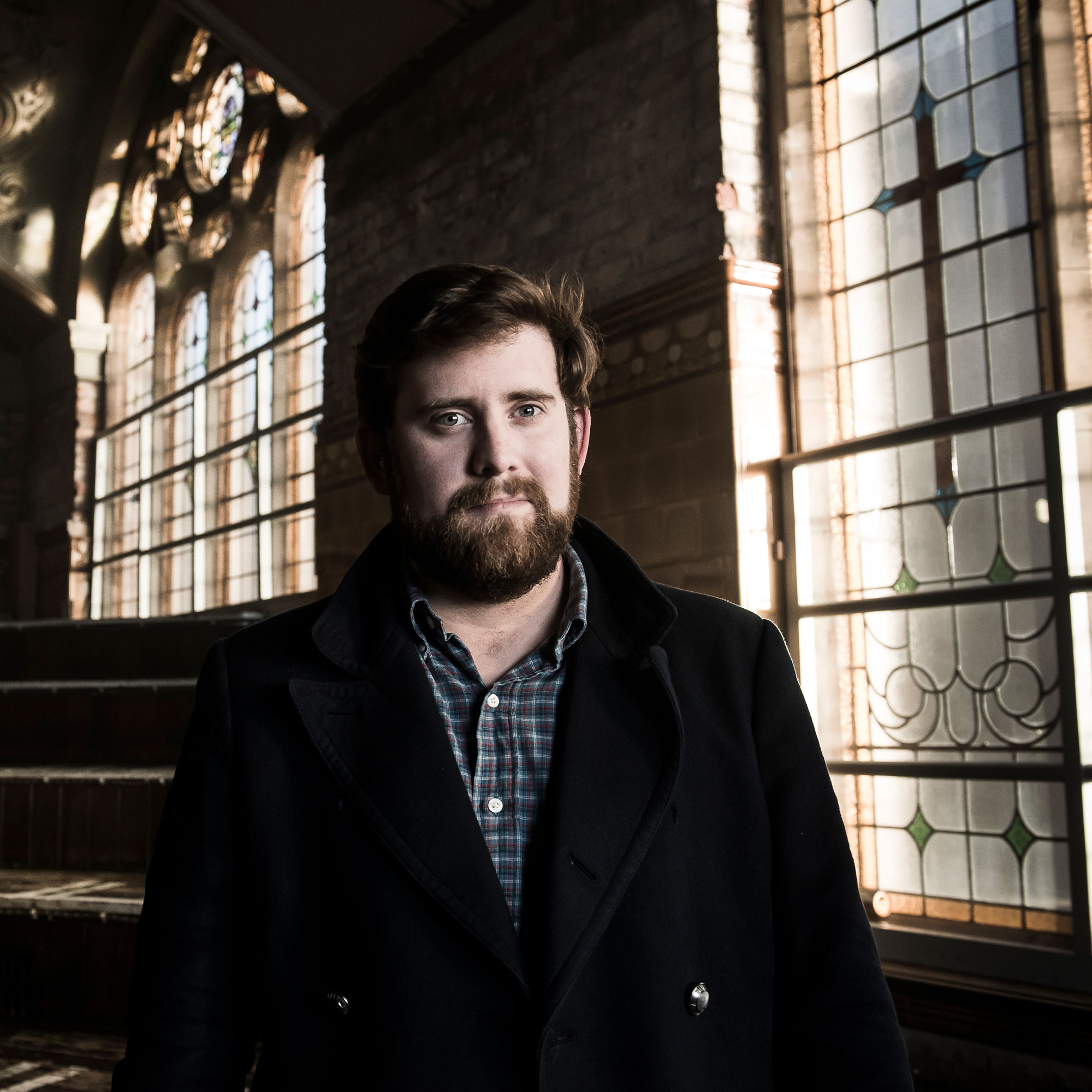
Matt is Deputy Editor for GuitarWorld.com. Before that he spent 10 years as a freelance music journalist, interviewing artists for the likes of Total Guitar, Guitarist, Guitar World, MusicRadar, NME.com, DJ Mag and Electronic Sound. In 2020, he launched CreativeMoney.co.uk, which aims to share the ideas that make creative lifestyles more sustainable. He plays guitar, but should not be allowed near your delay pedals.
“It’s a $20 plugin. It makes it sound like it’s coming off a tape that’s been recorded over three or four times”: Steven Wilson reveals his go-to guitar plugin – and why digital can successfully coexist with analog
“How many weddings can you jam I'm Eighteen, Enter Sandman, and Cowboys From Hell?”: Nita Strauss shreds an Alice Cooper classic at her own wedding in newly shared clips
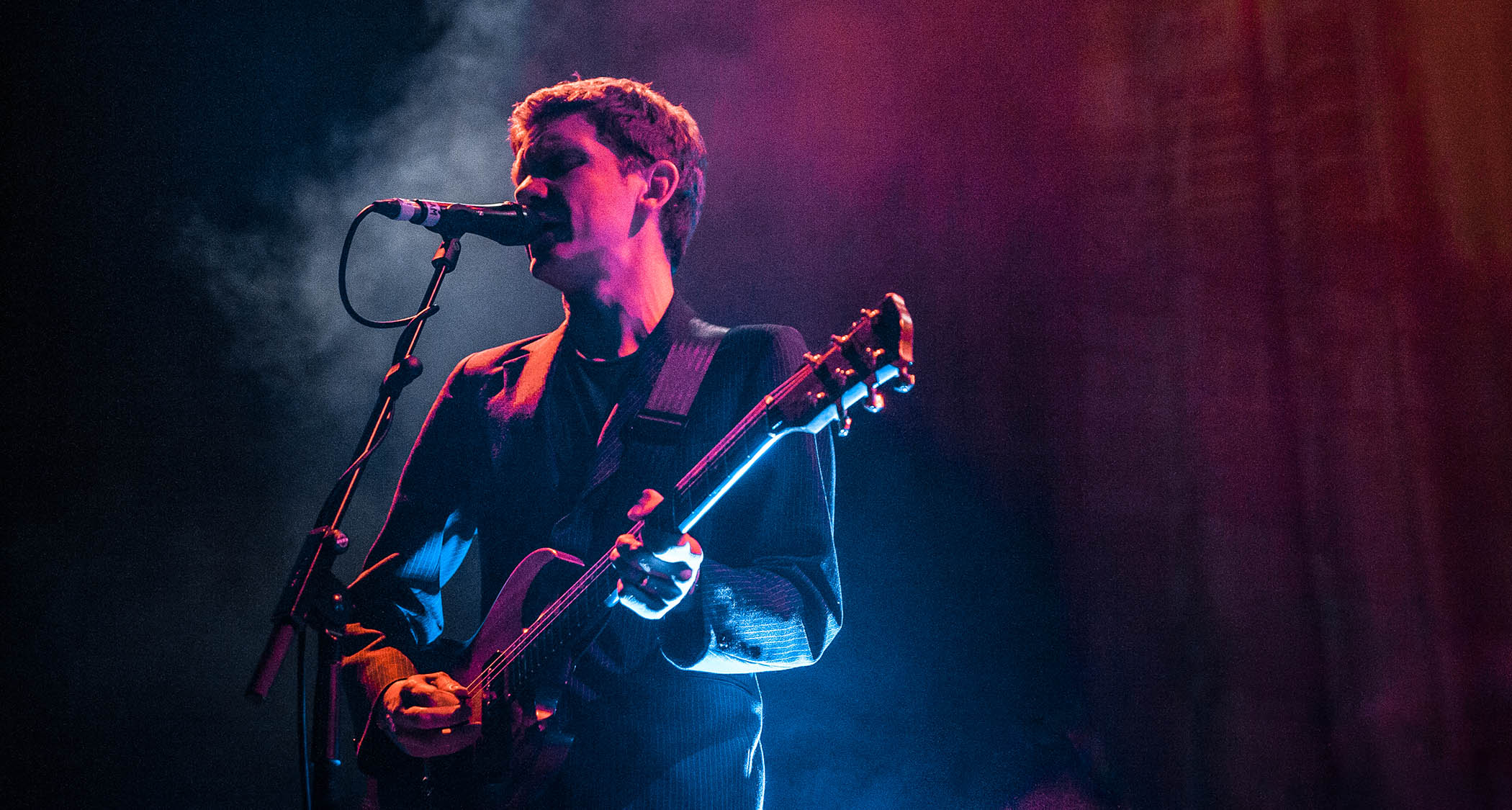
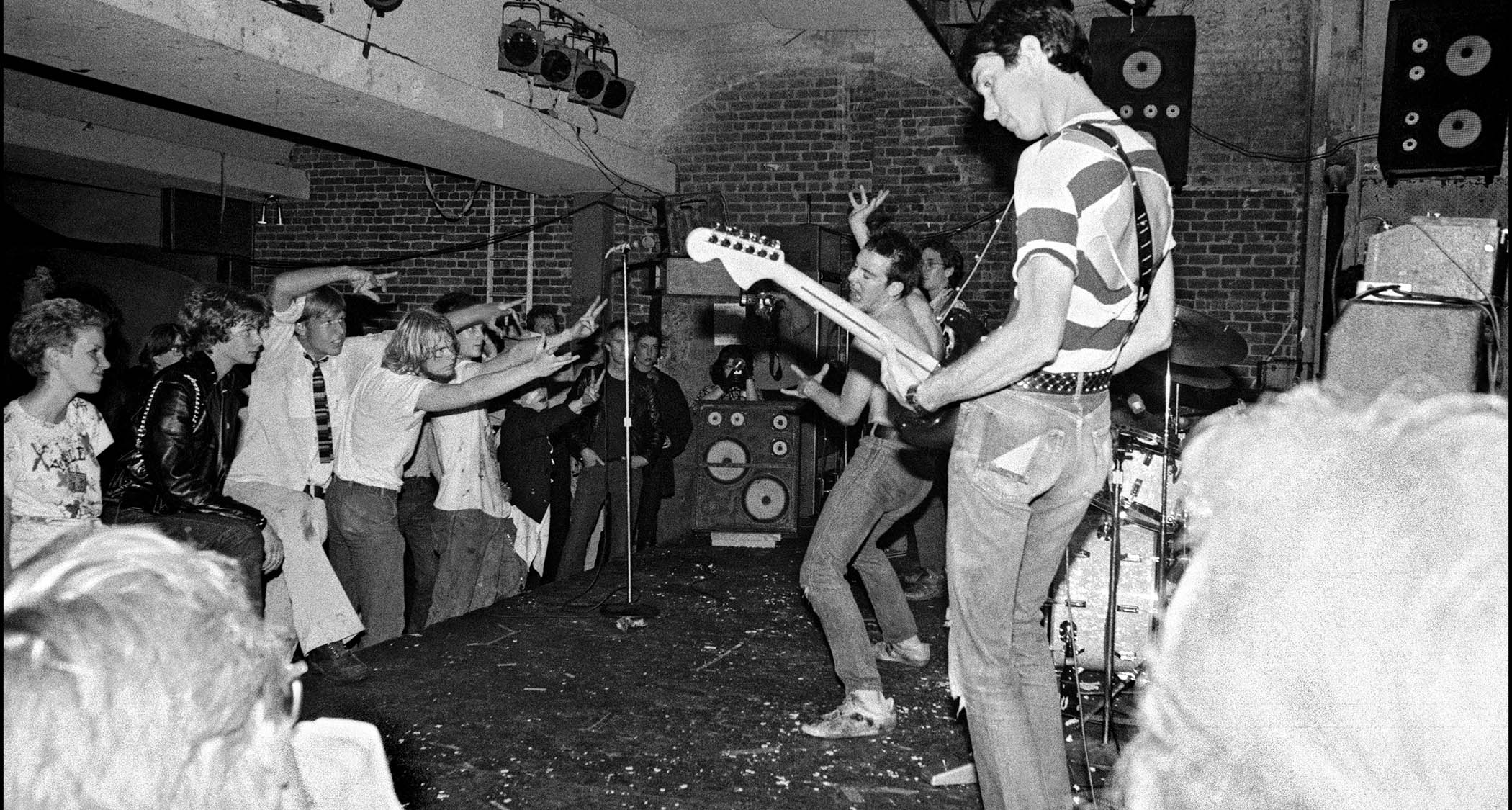
![The Night Flight Orchestra all glammed-up in stage clothes and photographed against a green backdrop: guitarists Rasmus Ehrnborn [second from left] and Sebastian Forslund [fourth from right]](https://cdn.mos.cms.futurecdn.net/Wy6UcSKUxjjiWvEWzYf3y3.jpg)
